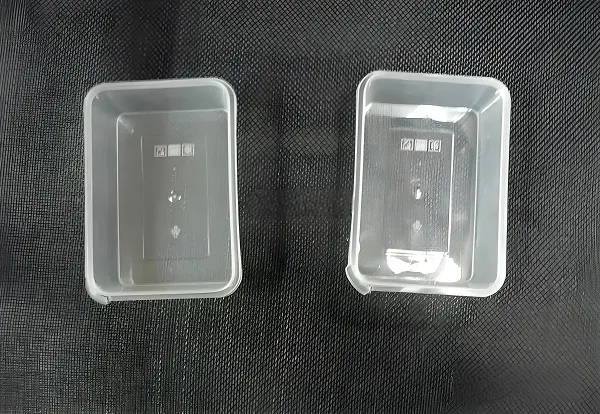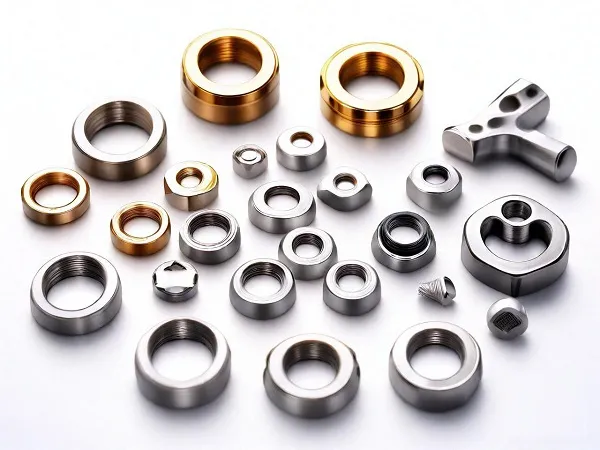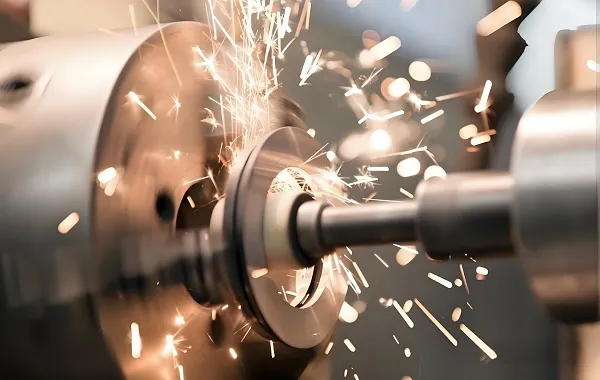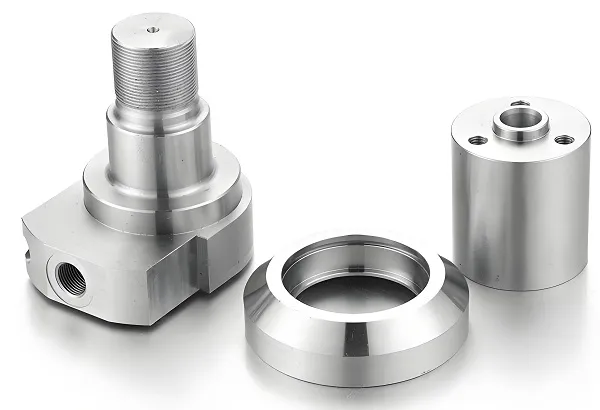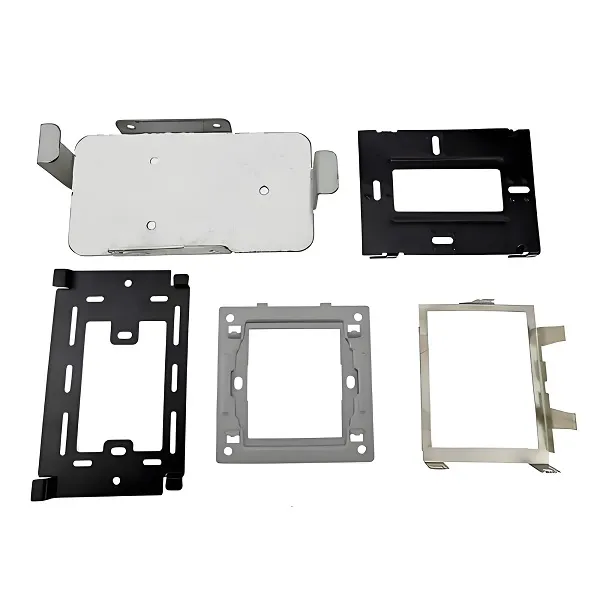Machined steel parts are precision components crafted from steel alloys through various machining processes, valued for their strength, durability, and versatility. These parts, ranging from simple brackets to complex gears, serve as critical elements in machinery, structures, and equipment across industries. Custom machined steel parts are tailored to specific design requirements, performance needs, and operational environments, ensuring optimal functionality and reliability in diverse applications.
1. Why Custom Machined Steel Parts
Standard steel parts often fail to meet the unique demands of specialized equipment, which require non-standard dimensions, complex geometries, or specific mechanical properties. Custom machined steel parts address this by providing precise fits for unique assemblies—whether a heavy-duty gear for industrial machinery or a lightweight bracket for aerospace equipment—that off-the-shelf parts cannot match.
Customization enables engineering of critical features: tight tolerances (±0.001mm) for precision instruments, reinforced structures for high-load applications, or corrosion-resistant finishes for harsh environments. For regulated industries (aerospace, medical), custom parts can be designed to meet strict standards (AS9100, ISO 13485) and performance criteria (tensile strength, fatigue resistance). Additionally, custom machining allows for integration of multiple features (threads, holes, contours) in a single part, reducing assembly steps and improving overall system efficiency.
2. Machined Steel Parts Processing Technologies
- CNC Milling: Uses computer-controlled mills with multi-axis capabilities to shape complex 3D features (slots, pockets, contours) in steel workpieces. Ideal for producing brackets, frames, and components with irregular shapes, offering high precision (±0.005mm).
- CNC Turning: Rotates steel stock while cutting tools shape cylindrical parts (shafts, bolts, bushings). Equipped with live tooling, it can add features like threads or keyways without secondary operations, suitable for high-volume production.
- Grinding: Finishes steel surfaces with abrasive wheels to achieve ultra-smooth finishes (Ra 0.02μm) and tight dimensional tolerances, critical for parts requiring minimal friction (bearings, precision shafts).
- EDM (Electrical Discharge Machining): Uses electrical discharges to cut hardened steel into intricate shapes (dies, molds, fine gears) that resist conventional machining, ensuring sharp edges and complex details.
- Laser Cutting: Uses high-powered lasers to cut flat steel sheets into precise shapes (plates, panels) with minimal material waste, suitable for low-to-medium volume production of simple to moderately complex parts.
- Waterjet Cutting: Cuts thick steel plates (up to 200mm) using high-pressure water mixed with abrasives, ideal for heat-sensitive materials or parts requiring no thermal distortion.
3. Machined Steel Parts Processing Flow
- Design & Engineering: Collaborate with clients to define part specifications (dimensions, tolerances, surface finish) and functional requirements (load capacity, environmental resistance). Use CAD/CAM software to create 3D models and generate toolpaths.
- Material Selection: Choose steel alloys based on application needs—carbon steel for cost-effectiveness, stainless steel for corrosion resistance, alloy steel for high strength, or tool steel for wear resistance.
- Blank Preparation: Cut raw steel into workable blanks (bars, sheets, blocks) using sawing or plasma cutting, ensuring consistent dimensions for subsequent machining.
- Rough Machining: Remove excess material using CNC milling or turning to create the basic part shape, focusing on efficiency while leaving sufficient stock for finishing.
- Precision Machining: Use advanced techniques (EDM, grinding) to achieve final dimensions and features, ensuring tight tolerances and surface quality. For threaded parts, tapping or thread milling is performed to create accurate screw threads.
- Heat Treatment: Apply processes like annealing (stress relief), quenching, and tempering to enhance steel properties—hardening (up to 60 HRC) for wear resistance or normalizing for improved machinability.
- Surface Treatment: Apply coatings (painting, galvanizing, chrome plating) for corrosion resistance, or polishing for aesthetic appeal and reduced friction.
- Quality Inspection: Verify dimensions using CMMs (Coordinate Measuring Machines), test mechanical properties (tensile strength, hardness), and check for defects (cracks, porosity) to ensure compliance with specifications.
4. Machined Steel Parts Materials
- Carbon Steel (1018, 1045): Contains 0.05–1.0% carbon, offering good strength and machinability. 1018 is used for low-stress parts (brackets, spacers); 1045 provides higher tensile strength (600+ MPa) for load-bearing components.
- Alloy Steel (4140, 4340): Alloyed with chromium, molybdenum, or nickel to enhance strength, toughness, and hardenability. 4140 is widely used for shafts, gears, and structural parts; 4340 offers ultra-high strength (1,600+ MPa) for aerospace and defense applications.
- Stainless Steel (304, 316): Contains ≥10.5% chromium, providing excellent corrosion resistance. 304 is ideal for food processing and general use; 316 adds molybdenum for superior resistance to saltwater and chemicals.
- Tool Steel (D2, S7): Designed for high hardness and wear resistance. D2 (60–62 HRC) is used for dies and cutting tools; S7 offers impact resistance for heavy-duty applications (punches, hammer components).
- High-Strength Low-Alloy (HSLA) Steel: Combines low carbon content with alloying elements (vanadium, niobium) for high strength-to-weight ratios, used in automotive and structural parts requiring reduced weight.
5. Machined Steel Parts Applications
- Automotive Industry: Engine components (crankshafts, camshafts), transmission parts (gears, shafts), and chassis elements (control arms, brackets) made from alloy or HSLA steel for strength and durability.
- Aerospace & Defense: Structural brackets, landing gear components, and missile parts crafted from high-strength alloy steel or stainless steel, meeting strict weight and performance standards.
- Industrial Machinery: Gears, bearings, and hydraulic components for manufacturing equipment, using tool steel or alloy steel to withstand heavy loads and continuous operation.
- Construction & Infrastructure: Structural bolts, beams, and connectors made from carbon or HSLA steel, ensuring stability in bridges, buildings, and heavy equipment.
- Medical Devices: Surgical instruments, imaging equipment components, and hospital bed parts, often using stainless steel for corrosion resistance and biocompatibility.
- Energy Sector: Drilling equipment parts (valves, pipes) for oil and gas, and turbine components for power generation, using corrosion-resistant stainless steel or high-temperature alloy steel.
6. Machined Steel Parts Performance Additions
- Surface Hardening: Processes like carburizing or nitriding create a hard outer layer (50–60 HRC) while maintaining a tough core, enhancing wear resistance in gears, shafts, and bearings.
- Corrosion Protection: Galvanizing (zinc coating), powder coating, or passivation (for stainless steel) prevents rust and degradation, extending part life in wet or chemical environments.
- Precision Grinding: Achieves tight dimensional tolerances (±0.001mm) and smooth surfaces, reducing friction and improving performance in high-speed or precision applications.
- Heat Resistance Enhancements: Alloying with chromium, nickel, or molybdenum allows parts to withstand high temperatures (up to 1,000°C) in engines, furnaces, and power generation equipment.
- Weight Reduction: Design optimizations (hollow sections, thin-walled structures) using HSLA or alloy steel reduce weight without sacrificing strength, critical for automotive and aerospace applications.
7. Machined Steel Parts Common Questions
- What is the typical tolerance range for machined steel parts?
Standard tolerances are ±0.01mm for most applications; precision parts (aerospace, medical) can achieve ±0.001mm with advanced grinding or EDM. Tolerances depend on part size, material, and machining method.
- How does material choice affect part performance?
Carbon steel offers cost-effectiveness but limited corrosion resistance; stainless steel excels in harsh environments but costs more; alloy steel provides high strength for load-bearing parts; tool steel offers wear resistance for cutting applications.
- What is the lifespan of machined steel parts?
Lifespan varies by application: industrial machinery parts last 10–20 years with proper maintenance; automotive components typically last 5–15 years; high-stress aerospace parts may require replacement after 10,000+ operating hours.
- Is custom machining cost-effective for small batches?
Yes—CNC machining avoids expensive tooling costs for small runs (1–100 parts). While per-unit costs are higher than mass production (casting, forging), it eliminates upfront expenses and allows design flexibility.
- How to ensure parts meet industry standards?
We adhere to ISO 9001, AS9100, and ISO 13485 certifications, with rigorous testing (material analysis, dimensional inspection, performance validation) and documentation to ensure compliance.
Need custom machined steel parts for your project? Whether you require high-strength components for industrial machinery, precision parts for aerospace, or corrosion-resistant elements for medical devices, we can deliver tailored solutions. Share your design specs, material preferences, and performance needs in the comments, and our team will provide engineering insights, cost estimates, and production timelines. Let’s build parts that drive your success!


